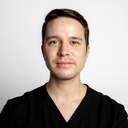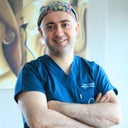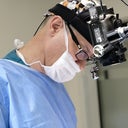Hello and thank you for your question. It sounds like your main concern is your long nose which droops during smiling, as you had mentioned. The reason your nose droops during smiling is because of activation of the depressor septi nasi muscle, which pulls the nasal tip down during smiling. Addressing the shape of the nose (particularly the nasal tip) is one of the most common reasons people seek out and undergo a rhinoplasty, and it is good that you are considering nasal size and shape in relation to the rest of your face- you want to make sure to consider the nose relative to the face instead of viewing it in isolation. In your case, you have a long nose, with a prominent nasal dorsum, an under-rotated nasal tip, with associated animation deformity of the depressor septi nasi muscle. An open septorhinoplasty can best address the entire nose, and is particularly effective for addressing all the issues you are concerned with.









